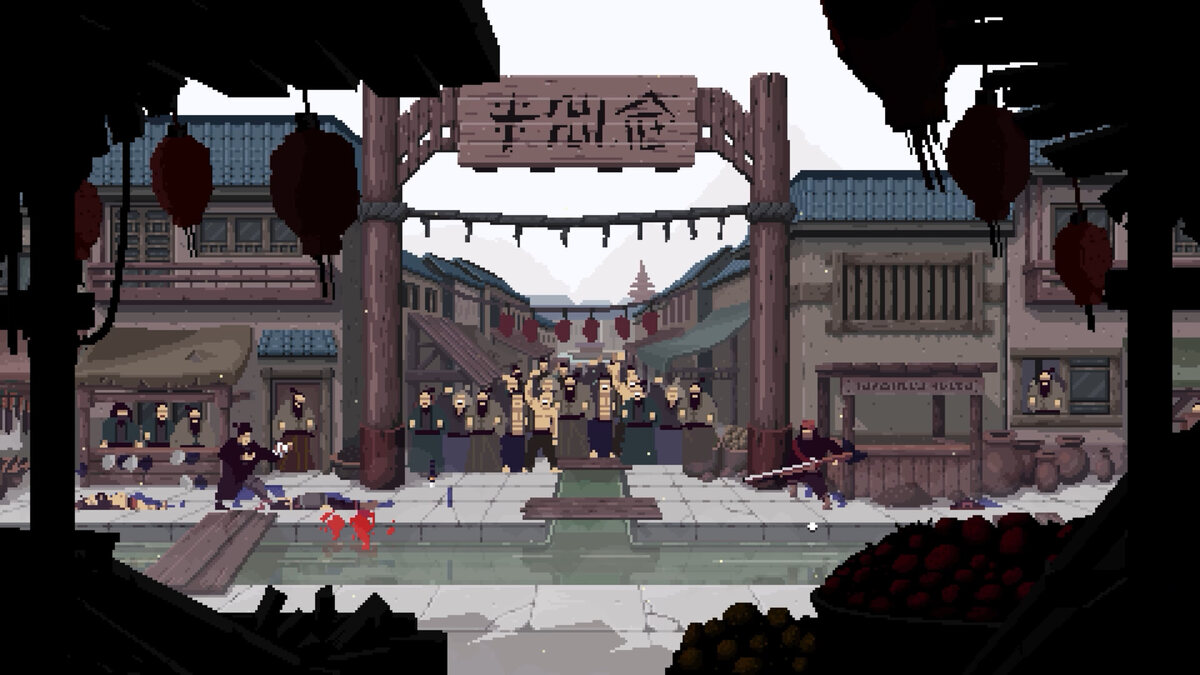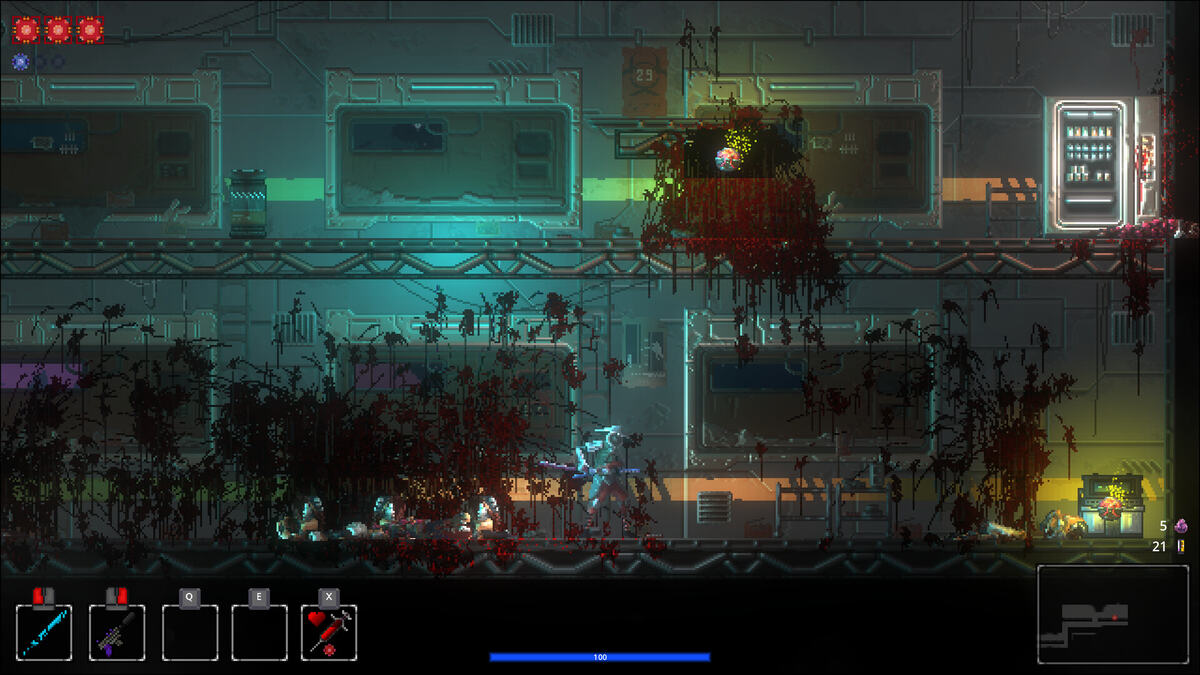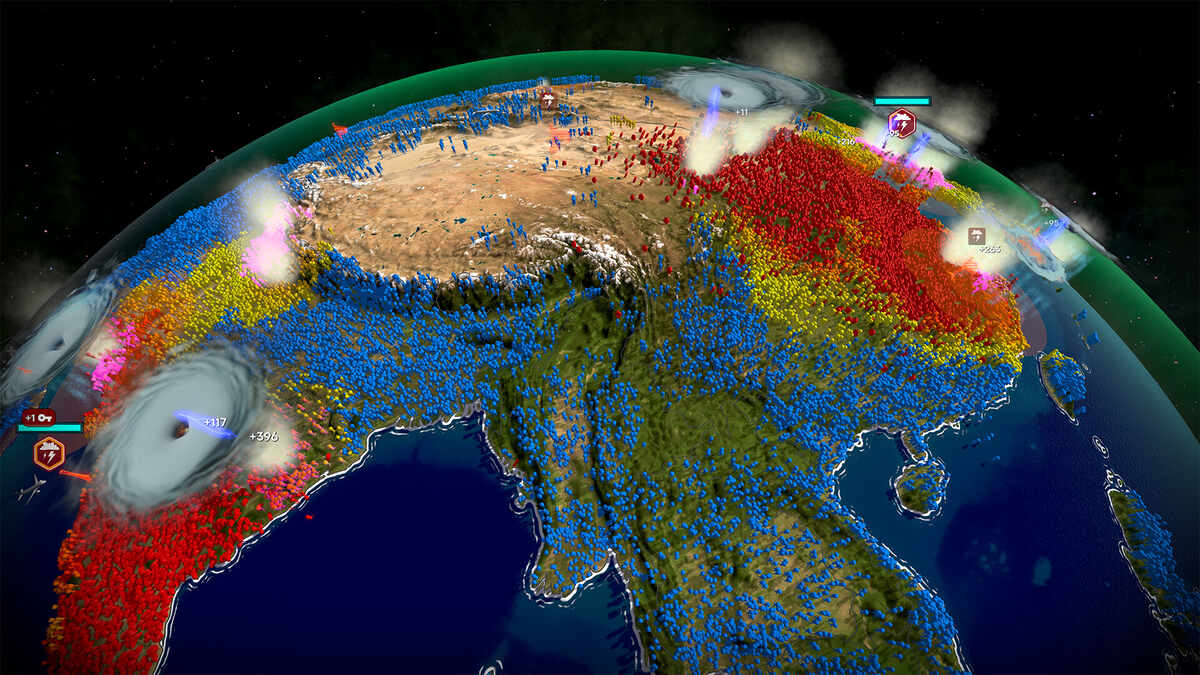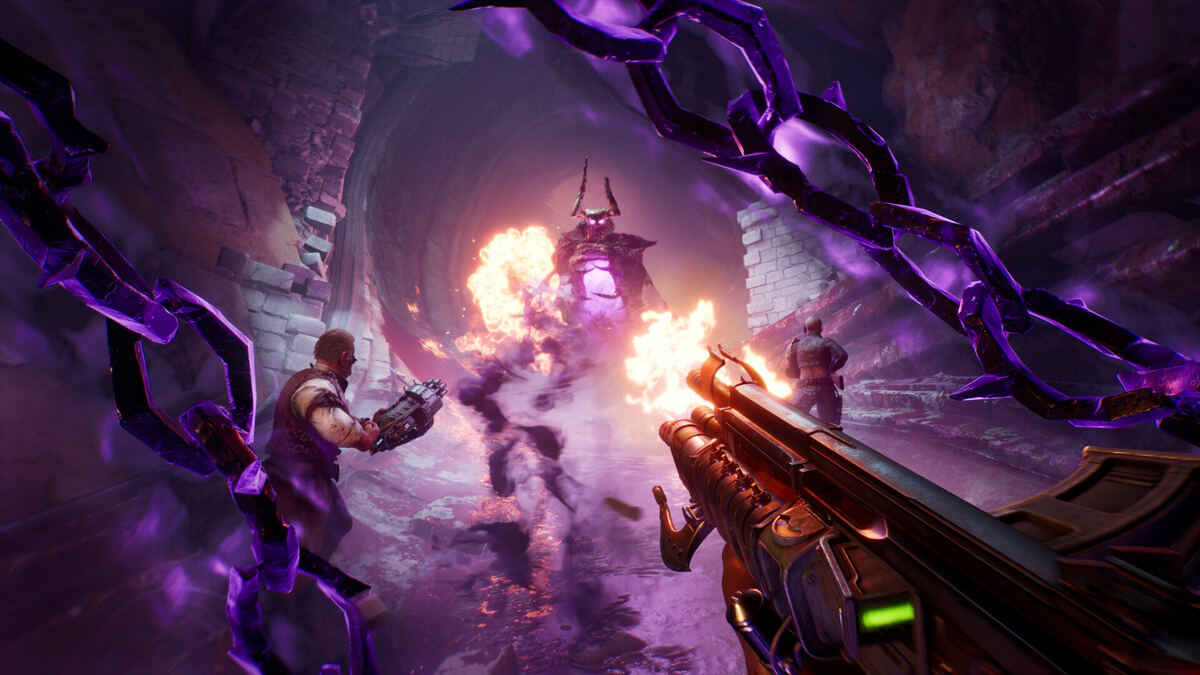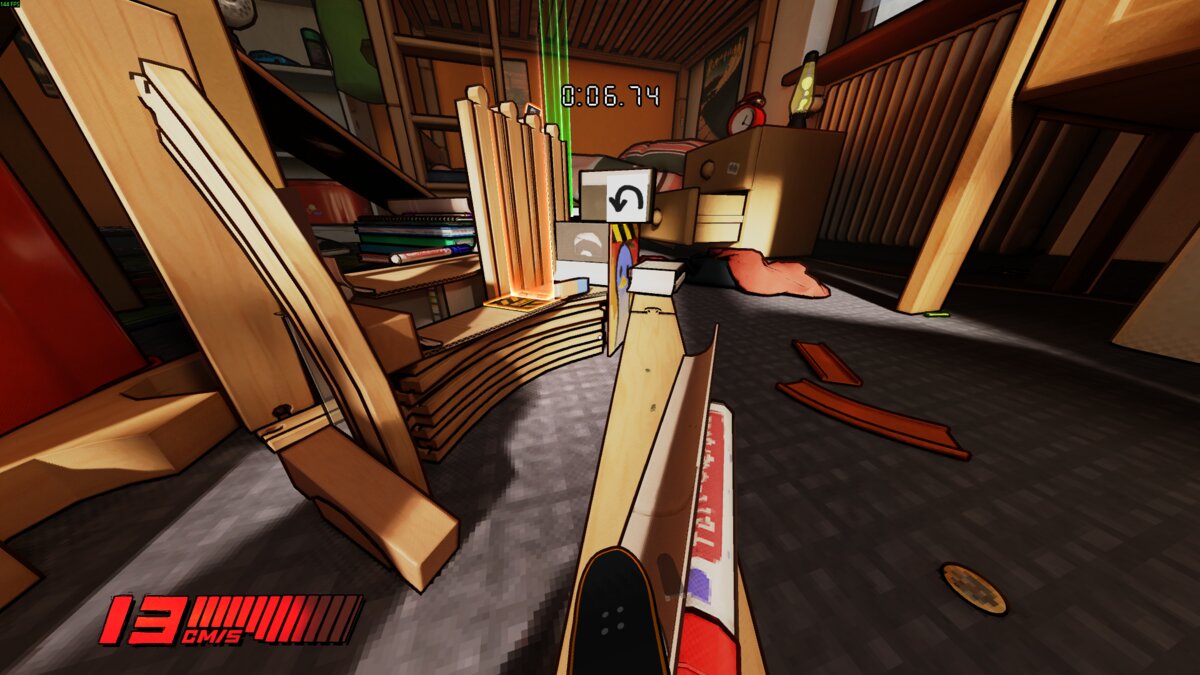You can trust VideoGamer. Our team of gaming experts spend hours testing and reviewing the latest games, to ensure you're reading the most comprehensive guide possible. Rest assured, all imagery and advice is unique and original. Check out how we test and review games here
With LucasArts’ ambitious terrain deformation third-person shooter Fracture out today, we thought we’d grill executive producer Shara Miller on the inspiration behind the unique gameplay, the possibility of a sequel, and disappointing review scores (you can check out the reason behind our 6/10 review score here).
VideoGamer.com: What was your involvement with the game?
Shara Miller: I’m executive producer. I work at LucasArts. This game is developed though at Day 1 Studios in Chicago. We have heavy involvement on development of the back story and the premise. We have great collaboration around the combat arenas and the weapon differentiation. We’re more like a collaborative partner. If you think of a writer editor relationship that’s kind of the same as the developer publisher relationship.
VideoGamer.com: Where did the terrain deformation idea come from?
SM: The first part of Day One’s idea was this US civil war of the future. It’s a compelling topic. A lot of people wonder what would happen if the US was to become fractured like that. It was a very interesting idea but we came back and said ‘well, what’s next-gen about it?’ And then they came back and they were like bam! ‘How about this? This is really next-gen’. It totally changes the way you think about a shooter. So it was really good. They rose to the challenge of coming up with something that was going to set this apart. They did a really good job.
VideoGamer.com: Did you take some convincing regarding the terrain deformation idea?
SM: Well we always knew if you could get the terrain deformation to work it was a no-brainer. How awesome is it to be able to change the dynamics of the battle on the fly like that? It’s really compelling. Anyone who plays shooters is going to be like, ‘yeah, that sounds cool’. So really the first proving ground was just that. Getting the mechanic of it, getting the literal hands-on experience of it to just feel good and good and good and good. That process happened first. Even before building out the world it was number one: Do the weapons feel good? This is a shooter, the weapons have to feel good. And then number two: Does terrain deformation feel natural? It needs to feel like an extension of your body almost. When we got to that point then we totally knew we had something great.
VideoGamer.com: Is the terrain deformation technology something you might use in future titles or is Fracture a one off?
SM: This is all part of Day 1’s Despair engine. It’s an engine they built from the ground up. I absolutely feel this technology should be used. It’s a great mechanic. I’m telling you after you play with this you really miss it when you go back into your other shooters. This is something that definitely can and should be used in other games. And other people should be figuring out how to do this too. Because it really is that cool.
VideoGamer.com: What are the multiplayer details?
SM: There are eight maps. You’ve got your capture the flag, there’s like a king maker mode which is a base defend thing, there’s a free for all mode like last man standing, with teams and individuals. I’m a terrible multiplayer player. I just suck. I can’t compete. But there’s a mode that I love, it feels very democratic, called excavation. You’re going around looking for little hidden crystals in the world. Once you find them you can uncover them and then you just have to defend them for a certain amount of time and then that’s points for your team. Not being an excellent multiplayer player it’s a great one for me because it feels like a low barrier to entry. Anyone can hunt them, anyone can find them. It’s pretty satisfying to be able to defend it too. So that’s pretty unique to Fracture.
VideoGamer.com: How long will the single-player experience last?
SM: It’s about a ten hour play through.
VideoGamer.com: Are there any plans for DLC?
SM: We’re definitely going to see how it goes out there in the world. We just hope it takes off. We have a great feeling, particularly about the multiplayer, because it really is something very very different. We’re going to see how it goes and then we’re going to figure out on the downloadable side.
VideoGamer.com: What do you think of some of the not very positive reviews?
SM: Any time you do something new there are going to be some people who absolutely love it and applaud you for it and then there are going to be people who say that it’s not enough. I feel very proud of Day 1 for what they’ve done with this. I’ve played through it a million times; I still have a great time. I really do think it’s a very cool new mechanic. I’ve seen people respond in a great way to that. And so I think there’s a lot for people to really love about this game. Any time you try something new it’s going to be a little bit controversial. You have to take a risk. I really think that they took a risk and that they did some great stuff with it.
There are some weapons in this game, the Rhino gun is a good example. This crazy weapon that pulls dirt into a giant boulder and then it’s sort of like a heat-seeking target and it will roll around and cause these big divots and it’ll just roll and keep killing. Of course that means it could come back at you too. It’s very unique and very interesting. I feel like they took some very interesting creative risks and I’ve seen how they work and just how they work for the game. I think that the designers worked really hard to create a super fun experience and I think they’ve done it. They’re all shooter fans too. They want a game that they can be proud of and I think they did it.
VideoGamer.com: Might there be a sequel?
SM: Only time will tell. I think a lot of people really have their hearts set on a sequel.
VideoGamer.com: Without spoiling the ending is it something that leaves the door open for a sequel?
SM: It definitely, definitely leaves the door open. It’s quite a satisfying ending in of itself. You could also see where it goes from there big time.
VideoGamer.com: Will messing about with the terrain deformation mechanic in multiplayer keep people playing?
SM: Yeah. It’s definitely something they’ve never seen before. I’ve seen the guys in the lab, they’ve been playing this game in multiplayer for a year, and they’re still having a great time with it. And they’re inventing new game modes and they’re using the TD in different ways and trying new things. It’s really cool to see how the experience has evolved for them. And these are the most jaded salty guys that you’re ever going to talk to. They’re hardcore gamers. They naturally are haters. And the fact that you walk into the lab and they’re hooting and hollering and laughing, and like, ‘hey, snipers versus shotguns!’, it’s very very cool to see that and that gives us all just so much confidence about what the game is going to bring to people who love multiplayer, which is a lot of people.
VideoGamer.com: Will there be Trophies in the PS3 version?
SM: There are no Trophies in the game. There was just a weird timing with when Trophies, when the technology was released, versus when we were already sort of passed that point. It was a real bummer.
VideoGamer.com: Is Trophies something you might be able to introduce retroactively?
SM: It’s definitely something we’ve explored but right now it doesn’t seem feasible. At least not for Fracture. It was definitely something we looked into though.
VideoGamer.com: How do the PS3 and 360 graphics compare?
SM: They both look great. They look very similar in fact. They’re both exactly the same except for the Achievements versus Trophies. That’s the only bummer about the whole thing. But other than that they’re totally the same.
VideoGamer.com: Thanks for your time.
Fracture is out now for Xbox 360 and PS3.
/https://oimg.videogamer.com/images/f099/fracture_16.jpg)
/https://oimg.videogamer.com/images/a8c8/fracture_15.jpg)
/https://oimg.videogamer.com/images/628b/fracture_14.jpg)

